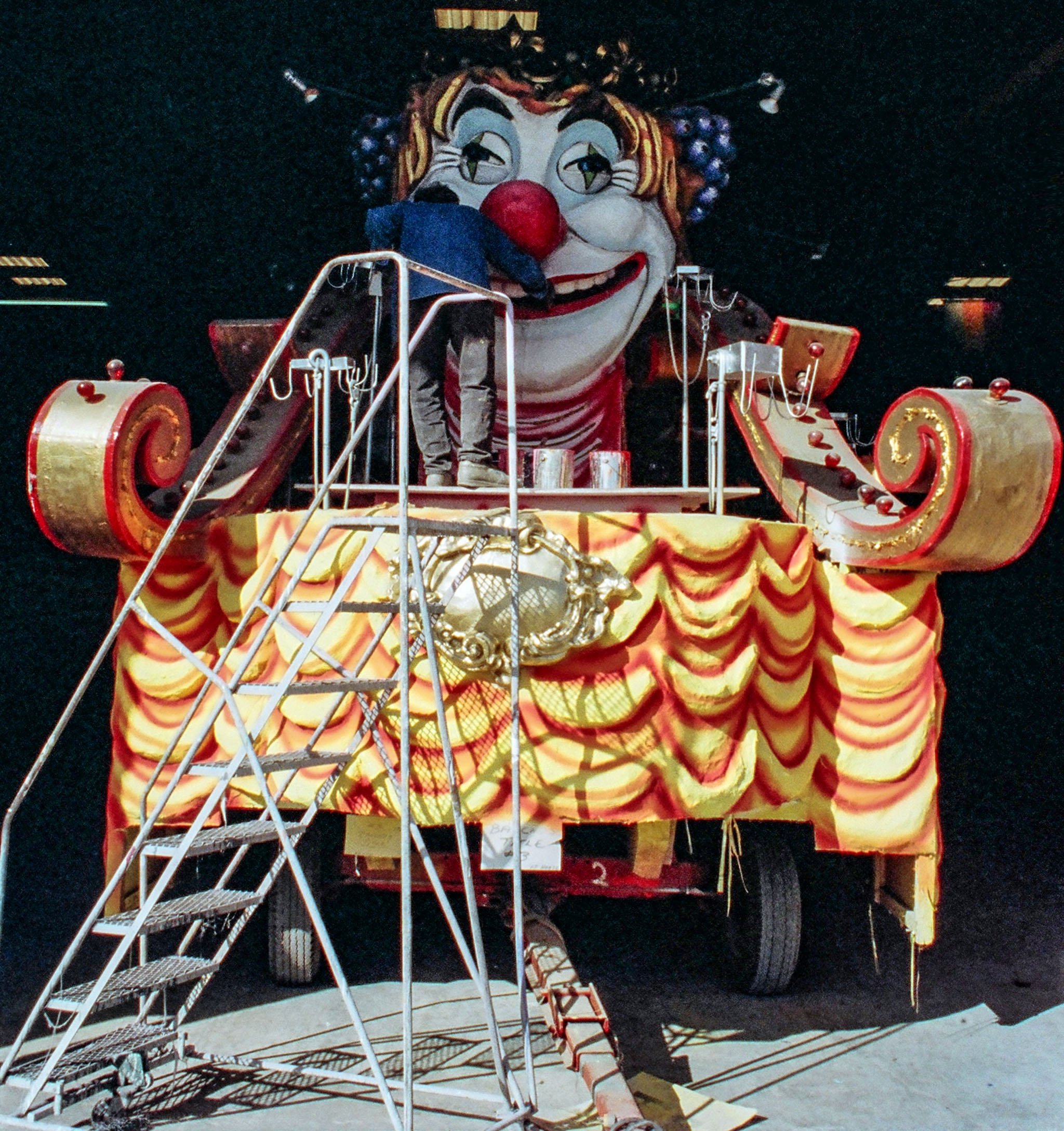From May 23, 2018 through May 10, 2019
Long-form blog experiment on the subject of Oaxaca & The Day of the Dead.
From May 23, 2018 through May 10, 2019
Long-form blog experiment on the subject of Oaxaca & The Day of the Dead.

Bagan, Myanmar 2016

Thailand 2015
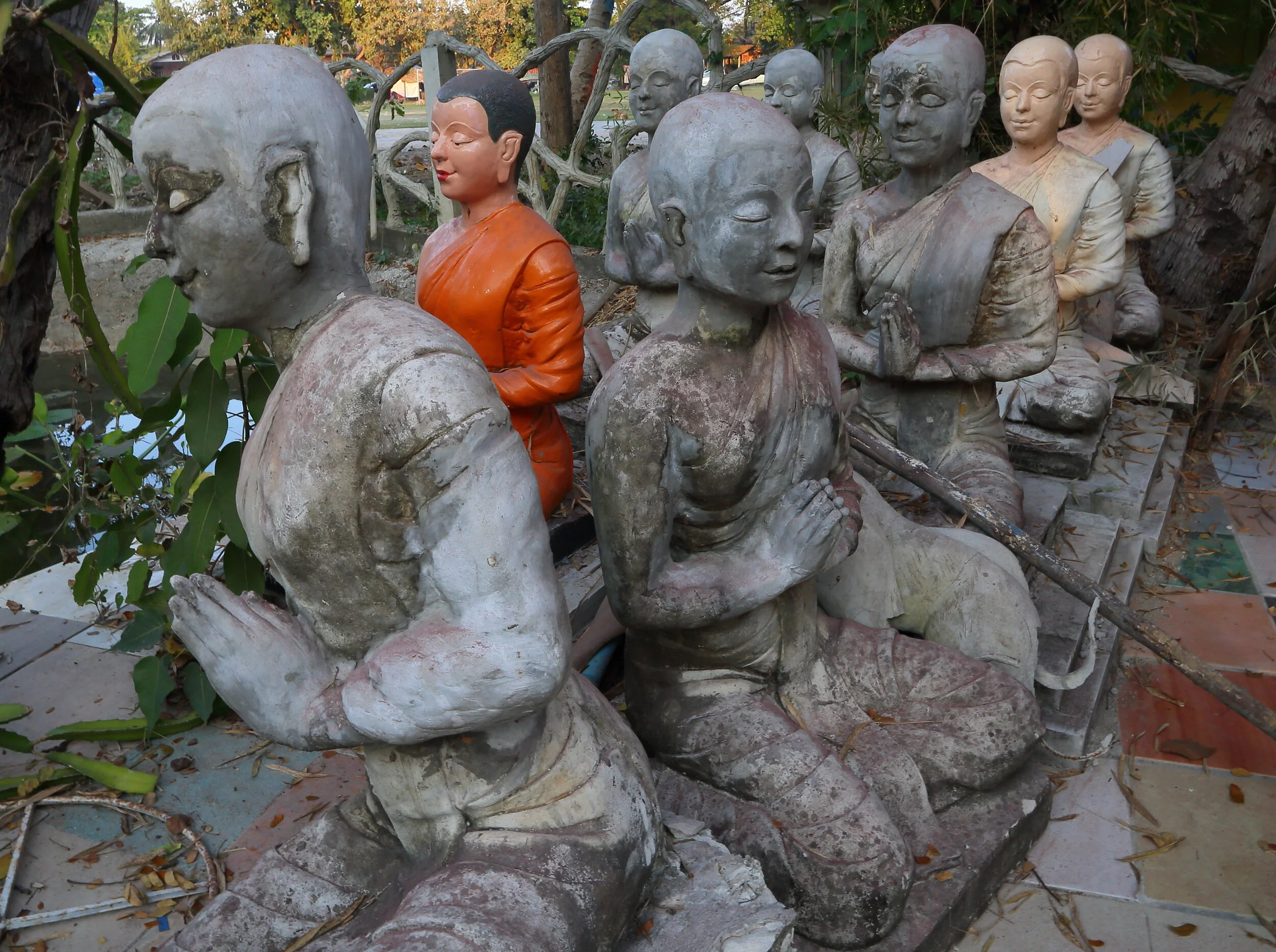
Spire and friends
Some years ago I photographed Andy Goldsworthy’s sculpture Spire. The 100-foot-tall sculpture was created in 2008 out of felled cypress trees in the Presidio. The image gives the impression of Spire sheltered and protected by a grove of tall trees. Spire was recently bady charred and damaged by an act of arson and its future is uncertain.
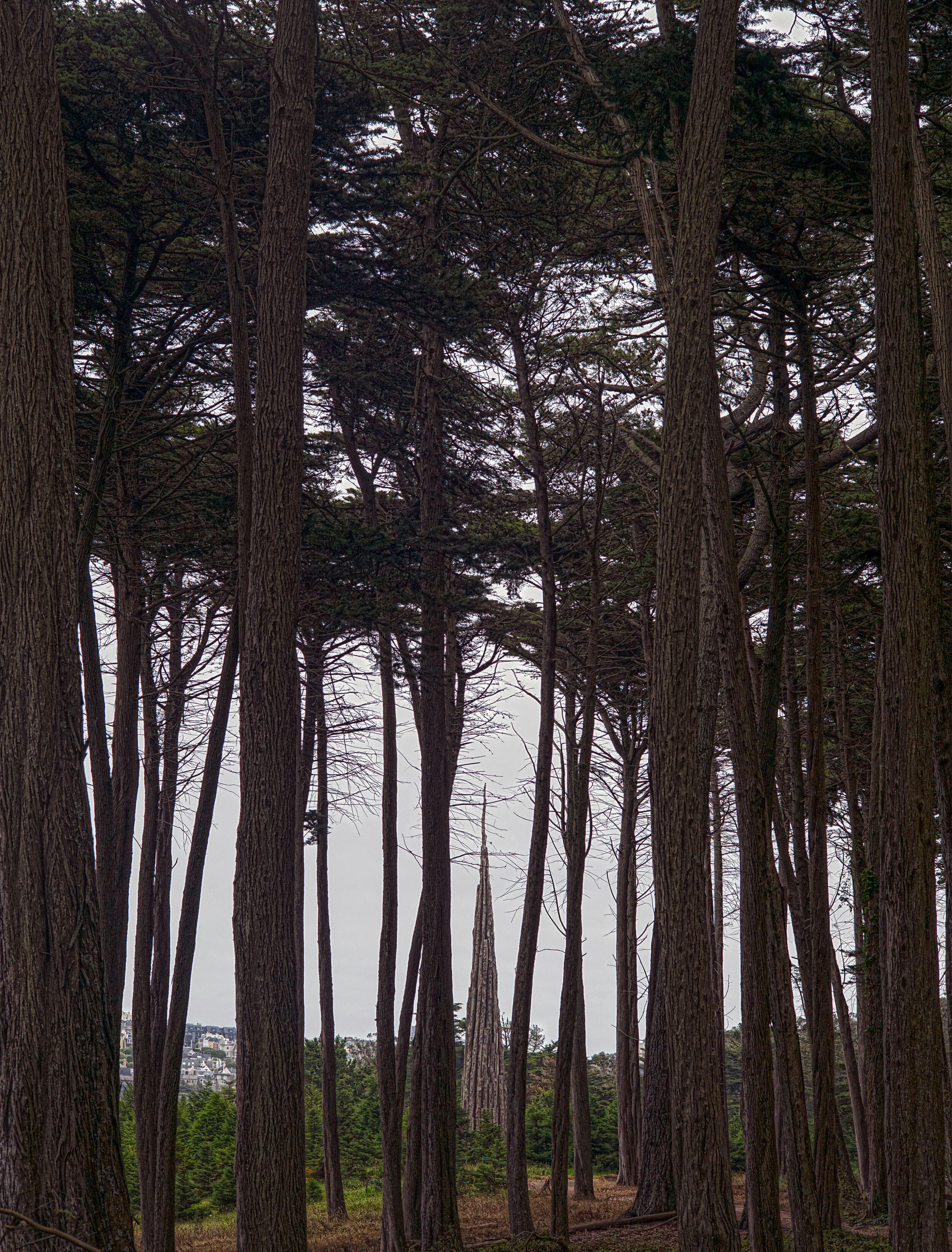
2015 Story time for a group of pre-schoolers at the base of Spire.
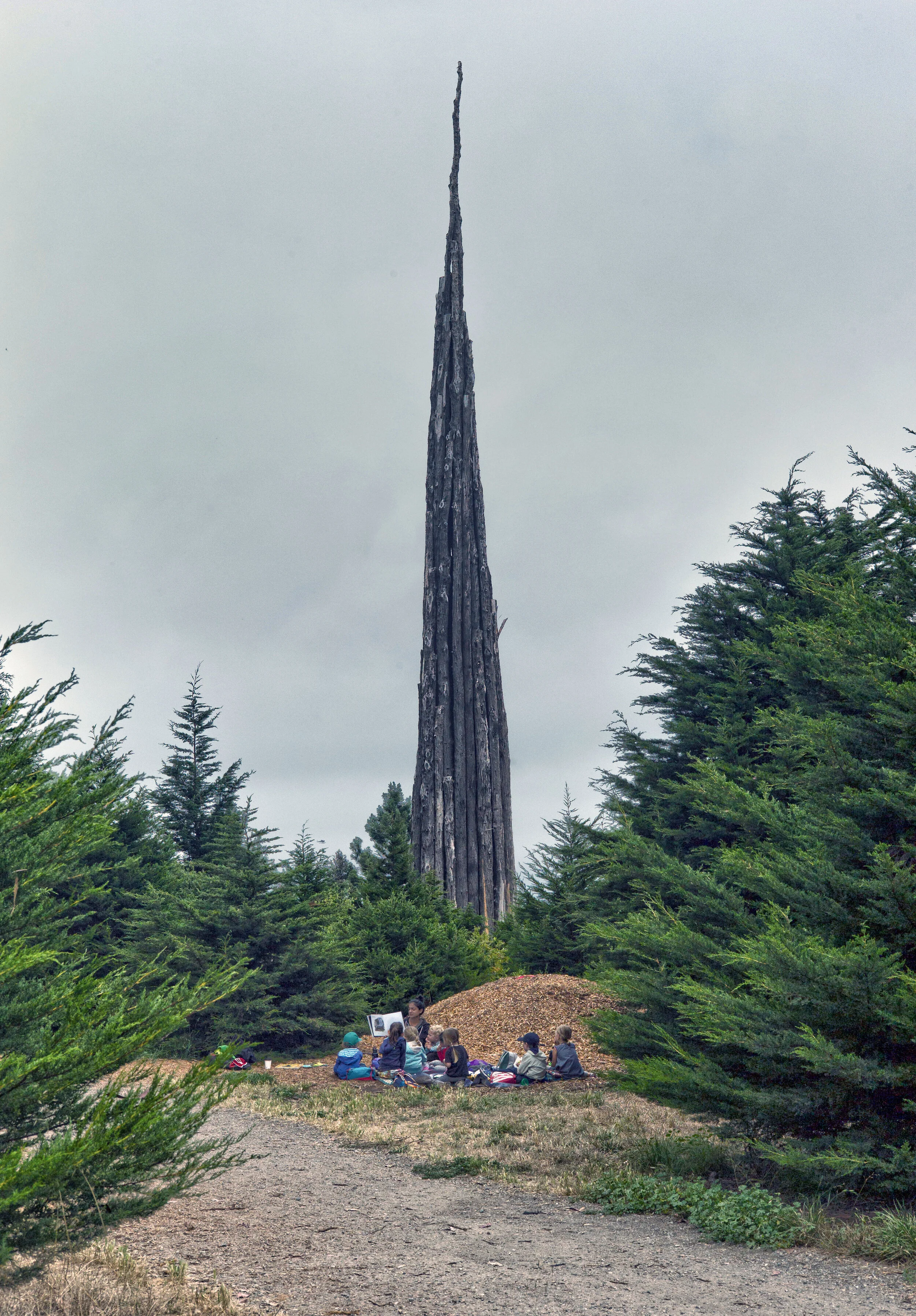
Spire after the fire.
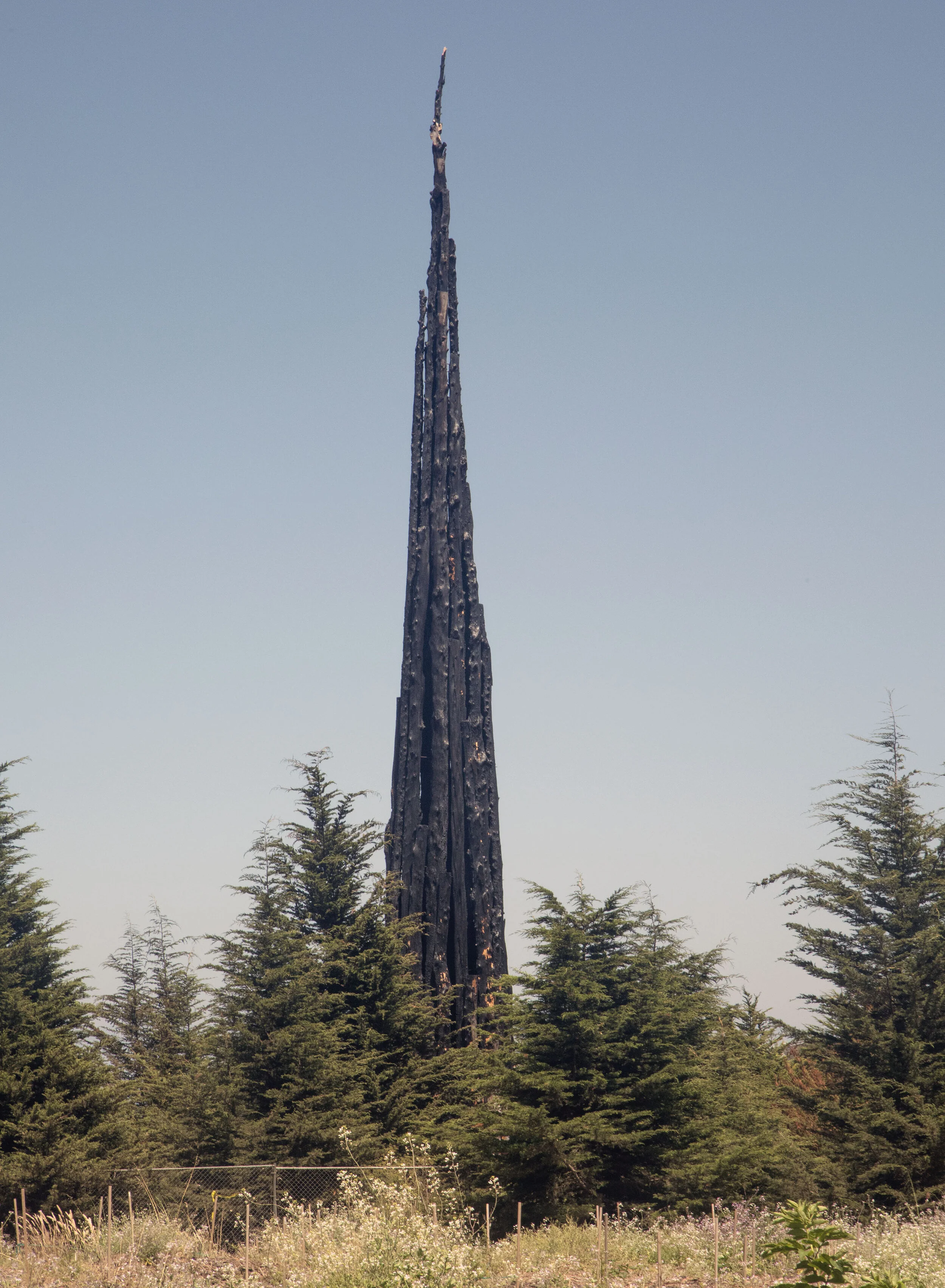
A couple of tourists in Chiang Mai in a self-reflexive moment.
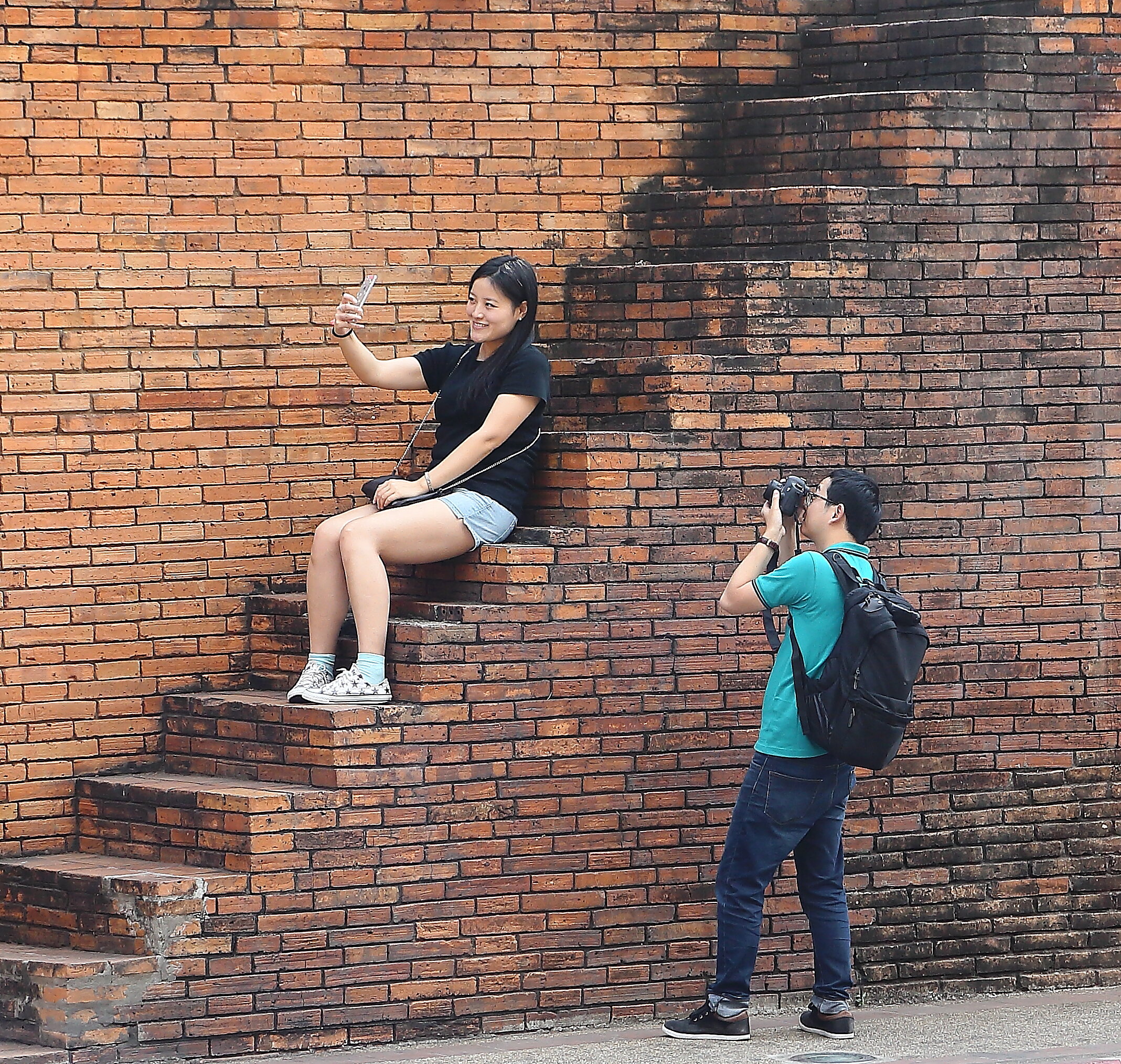
Gargoyles - Cambridge 1991

Cambridge 1991

Musee d’Orsay
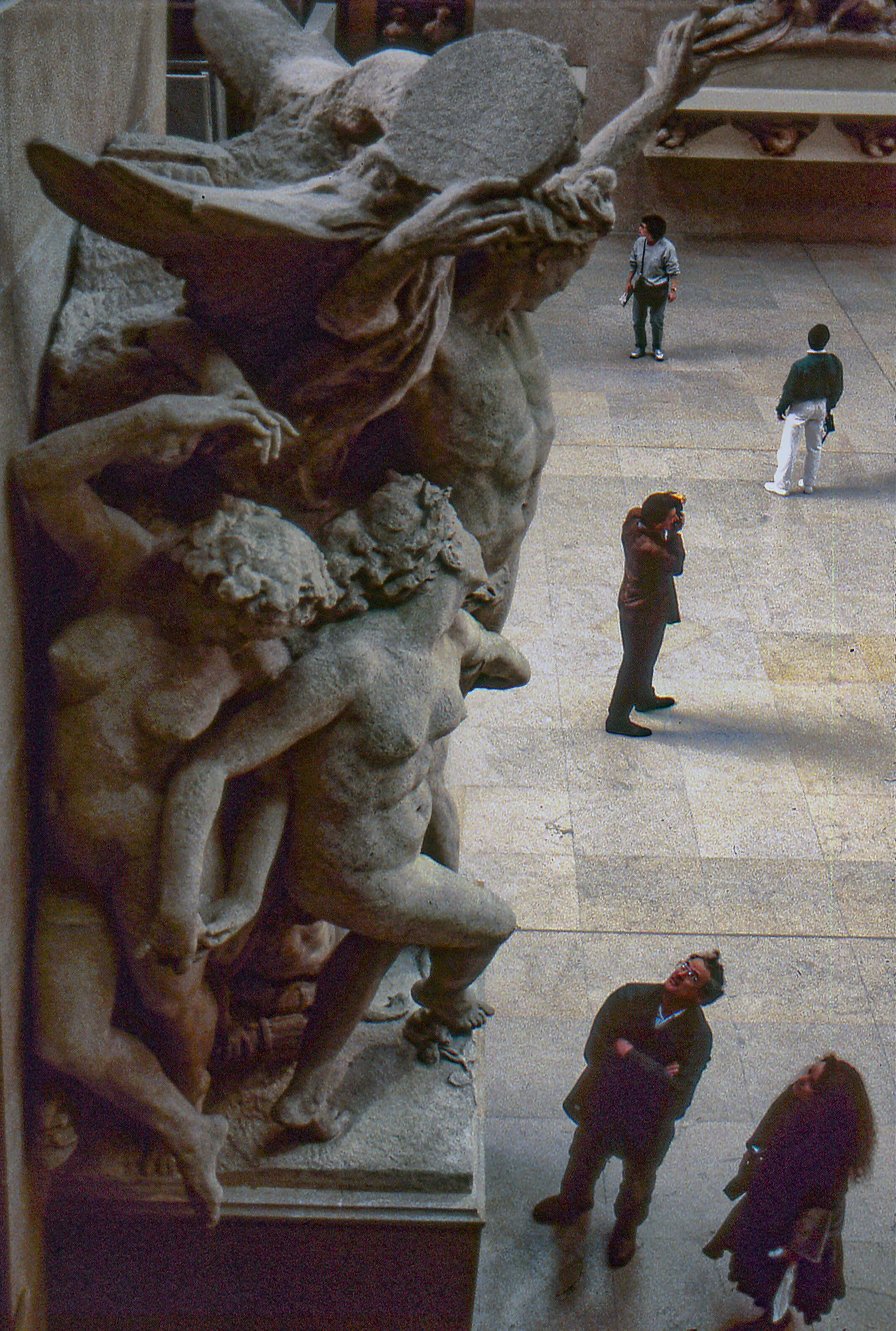
The British Museum, London, England 1991

Someone you probably know in Paris, France 1991

Westminster Abbey interior, London, England 1991

The next subject of my Blog is a Shelter-in-Place activity: scanning old Kodachrome and Ektachrome slides. 35mm Kodachrome transparency film was introduced to amateur photographers in 1936.
For over half a century it was the film of choice for National Geographic photographers, large format glossy photography weeklies like Life and Look, medical diagnostic technicians and amateur enthusiasts.
Kodachrome films had to be processed by regional Kodak labs. Kodachrome was the first integral tripack film using the subtractive process and color formers in its development. The film base is coated with three very thin emulsion layers (with inbuilt red, green and blue filter layers) on top of each other, but is black and white until processed. At the processing stage - a 28 step procedure taking three and a half hours - each layer is dyed the revenant color and the silver content bleached out.
italics: The Genius of Color Photography, from the autochrome to the digital age by Pamela Roberts
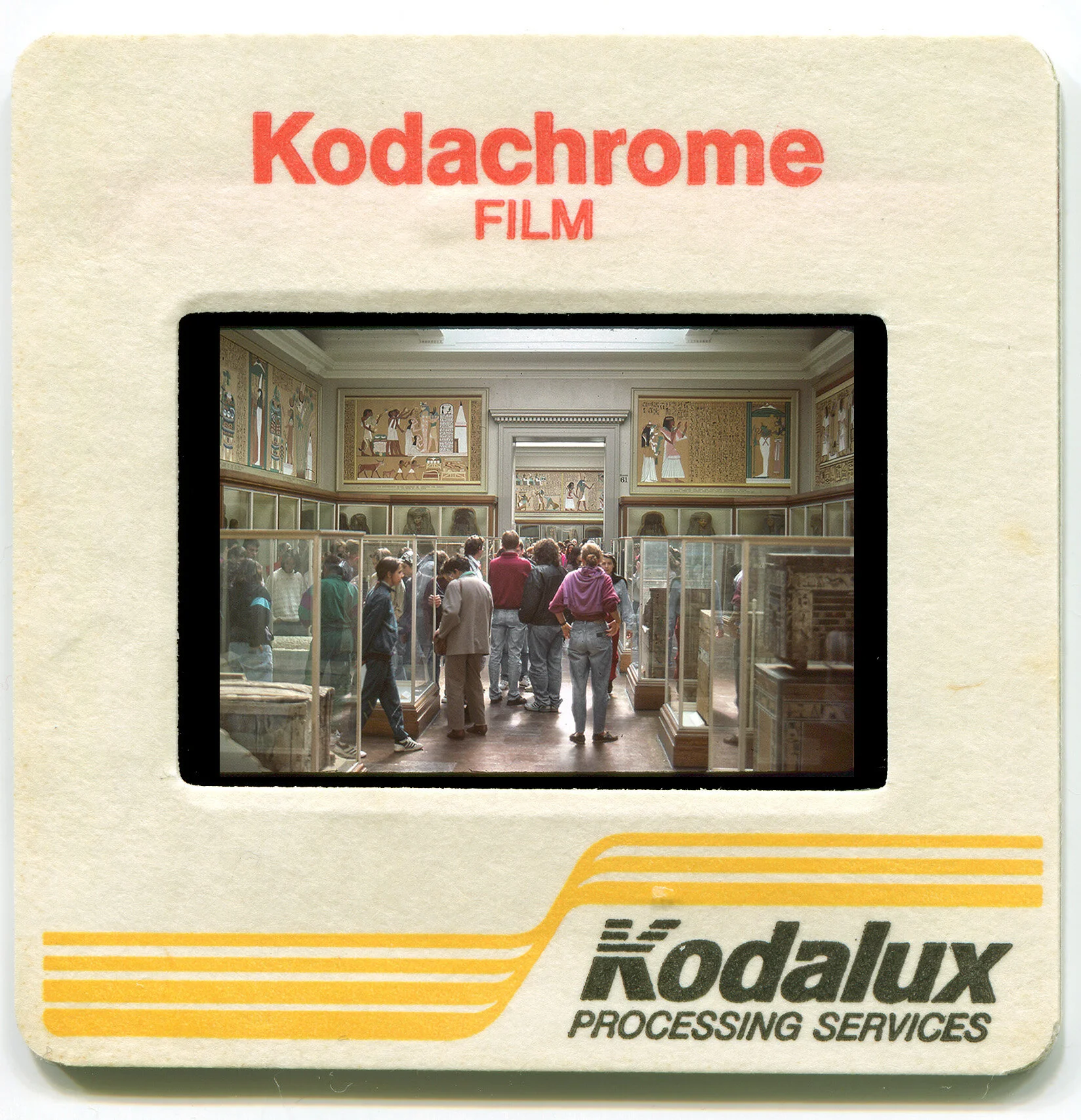
Egyptian exhibit room, British Museum 1991
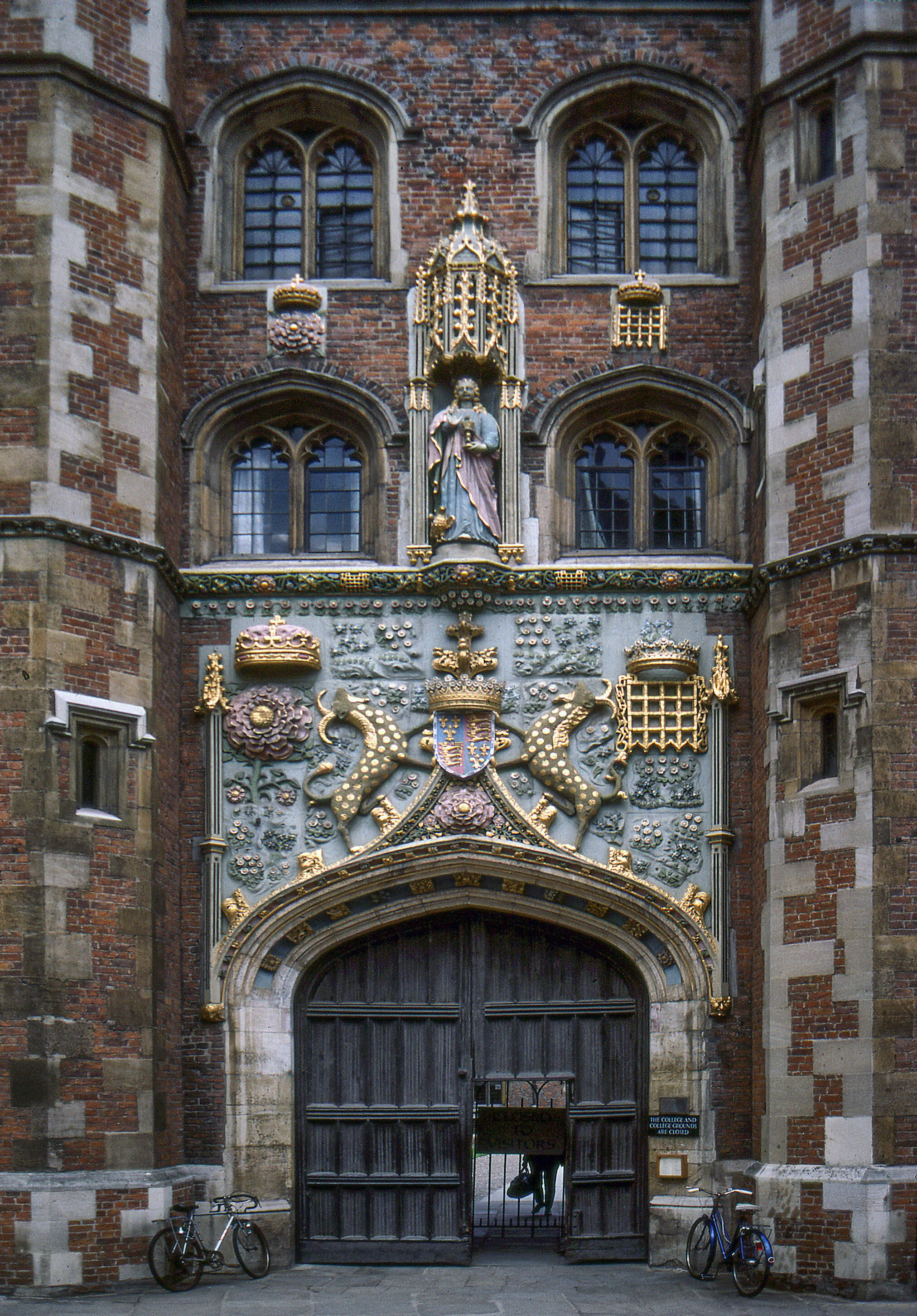
Cambridge University , England 1992
Several years ago I waited in line for an opportunity to climb the well-worn, circular stairway to the roof of Notre Dame. The weather was stormy, but sun broke through as I walked the narrow walkway for a view of the gargoyles facing outwards toward the Paris skyline. As I turned to look at the roof and spire, I was stunned to see the sky showing an almost cinematic sunlight halo framing the spire.

Sobranes Point
The heart of Garrapata State Park is several convoluted miles of some of the most dramatic rocky shoreline in California.*

The coastal bluffs are covered with coyote bush, California coffee berry, California sagebrush, bush lupine, blue blossom, and other coastal scrub plants.*


Cormorants nesting on entrance to sea cave in Garrapata State Park.

*The Natural History of Big Sur by Paul Henson and Donald J. Usner



Mardi Gras World (also known as Blaine Kern's Mardi Gras World, MGW) is a tourist attraction located in New Orleans. Guests tour the 300,000 square foot working warehouse where floats are made for Mardi Gras parades in New Orleans. Mardi Gras World is located along the Mississippi River, next to the Morial Convention Center. Their events venue, the River City Complex, also hosts festivals, weddings, private parties and corporate events.
Wikipedia

Giant fiberglass doubloon with the logo of the Krewe of Argus founded in 1972.
Mardi Gras Doubloons are Mardi Gras throws shaped like coins that commemorate various Mardi Gras Krewes. They are typically made of aluminum and are thrown from floats in carnival parades.
Argus was named after the God of Greek Mythology, Argus, the all-seeing with one hundred eyes. Argus observed Zeus cheating on his wife, The Goddess Hera. Zeus ordered Hermes to cut the head off of Argus. Hera, seeing this, took the hundred eyes off of Argus and put them on the tail of her peacock, where they remain today. That is why the peacock is the logo of the Krewe of Argus.
source: kreweofargus.com

Queen Kong was introduced in 1973. The mate of King Kong, who debuted as a float presented by the Crew of Bacchus the previous year.



This image only. Photo credit: Paul Mannix from Wikipedia Commons/The Leviathan float, one of the Crew of Orpheus’ floats. Slight Photoshop changes made to image.
Update on blog entry: Blaine Kern’s obituary in the NYT by Steven Kurutz, July 2020.
Blaine Kern, Architect of Lavish Mardi Floats, Dies at 93
Blaine Kern, who helped turn Mardi Gras in New Orleans into a huge event known around the world, most notably through the innovative and spectacular parade floats he designed and built, died on June 25 at his home in the city. He was 93.
Mr. Kern supersized Mardi Gras with this floats, but he also enlarged the celebration by promoting it tirelessly and democratizing it. In the mid-19th century, Mardi Gras, with its parades and social balls, was the province of the well-off white men who controlled New Orleans’s business and society. To get a parade permit, an organization needed to stage more than a dozen floats, which were expensive to build, store and insure.
“What Blaine did was, he created a pool of rental floats so many groups could participate without being a blue blood or having a zillion dollars” said Arthur Hardy, publisher of the annual Mardi Gras Guide. Mr. Kern was “one of the most significant people in the whole history of the event”.



